Close Focus and Reading
In our modern, multi-tasking world, people are often challenged by viewing different items at different distances. We want perfect vision for all ranges — cell phones, computer monitors, tablets, newspapers, price tags, dashboard instruments, road signs, food on a dinner plate, sheet music, the channel guide on TV, night driving on the freeway, and in a movie theater.
If you’re over 45, you have probably noticed that your reading clarity is not what it used to be. If you are now having difficulty seeing your cell phone, computer monitor, restaurant menu or newspaper, you’re not alone. Everyone will eventually experience presbyopia, or the inability to focus on objects up close.
Reading glasses and bifocals are the most common answer, but there are other treatment options that allow Dr. Amir Moarefi and LA Sight to restore vision at all distances without glasses or contacts.
Presbyopia
The human lens is made of protein; it’s transparent and very flexible when we’re young. The lens is surrounded by a circular muscle and when this muscle contracts, the lens changes its shape, enabling focus adjustment on objects up close, much like an auto-focus camera.
As we age, extra layers of protein that naturally develop cause the lens to become more rigid. As a result, we lose our ability to flex the lens when we shift our focus. This condition is called presbyopia, and is what causes the need for reading glasses or bifocals.
Since it is a condition of the lens and a natural part of the aging process, it affects everyone, usually at about 45 years of age. Normal glasses and contact wearers, people with perfect vision, and even people who received laser vision correction will all develop presbyopia at some point in their lifetime.
Loss of clarity at close range is a direct consequence of presbyopia. One of the oldest solutions is to use simple magnifying glasses if you don’t need any distance prescription. Alternatively, if a distance prescription is worn, then bifocals (a lens with two different focal properties, originally invented by Benjamin Franklin) will correct for the two different focal ranges, distance (upper section) and reading (lower section).
When reading about any proposed surgical option that tries to correct for loss of reading comfort, it’s important to understand that no corneal surgery can reverse or optically correct for loss of accommodation in the human lens. These and other surgical options can at best afford optical compromise solutions — they are imperfect treatments, but not a cure. Some of them are in our opinion “not quite ready for prime time”. We’ll still endeavor to describe them in this section.
If You Desire Near and Distance Vision
At present there’s a relatively short list of existing and emerging technology attempting to restore reading vision.
- Reading Glasses or Bifocals – These are by far the most time-honored, cost-effective and prevalent solution available in the modern world. With the obvious limitation that glasses are required for reading.
- Multifocal Contact Lenses – Although various types of multifocal soft contact lenses have been around for over 25 years, they have their limitations. Generally, even when fit by an expert, these are not highly successful long-term solutions. Part of the reason is optical (blur at distance when viewing through the reading portion of the lens and vice versa), part is functional (computer monitor viewing creates different visual demands than when looking down to read, etc.) and part is climate-related. In the Los Angeles area, which is hot, dry, dusty and sometimes smoggy, it’s difficult for most people of presbyopic age to comfortably tolerate contact lens wear for prolonged periods.
- Monovision
- Multifocal lens implant
- Extended Depth of Focus (“EDOF”) lens implant
- Apthera IC-8 Lens Implant
- Clear Lens Exchange (cataract style surgery with IOL placement)
Monovision
A popular solution for seeing without readers, monovision takes advantage of the brain’s natural tendency to rely on your dominant eye for distance vision, and your non-dominant eye for close up sight.

With monovision correction by LASIK, one eye is corrected for distance, and the other eye is adjusted for near-range vision. While this may seem awkward, many people adapt nicely and enjoy good viewing comfort at near and far distances.
Monovision has been used for years with contact lenses, and can be a great option for anyone looking to reduce their dependence on readers. It is not a perfect solution and it’s not for everyone, which is why we suggest trying monovision first with soft contact lenses. Monovision is an acceptable option for many (but not all!) individuals who desire to avoid reading and distance glasses. Like reading glasses and bifocals, it’s not a perfect solution to the optical challenges of presbyopia. With monovision, when driving at night, the near-focused eye will see blurry at distance, so driving comfort, depth perception and night viewing comfort can be diminished. Some who enjoy monovision do have a pair of eyeglasses they keep in the console of their car to correct the near eye for distance, which resolves these issues. Monovision is a compromise, and it is not for everybody. If a group of people try monovision correction in soft contact lenses, roughly 40% will like it. About 30% will feel uncomfortable or off-balance. The last 30% will have difficulty making a decision one way or the other. The best way to know if monovision will work for you is to try it in contact lenses. We find that satisfaction with monovision laser treatment is extremely high if people understand the limits of presbyopia and participate in the process of choosing whether or not to have monovision-style treatment.
Multifocal Lens Implants
Multifocal lens implants, also known as multifocal intraocular lenses (IOLs), are a remarkable advancement in ophthalmic surgery that addresses presbyopia and cataracts simultaneously. These innovative lenses provide individuals with the ability to see clearly at various distances, reducing or even eliminating the need for glasses or contact lenses for most daily activities.
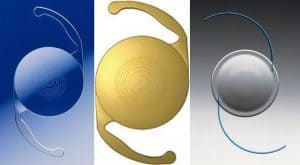
Images of several types of multifocal IOLs
Multifocal lens implants work by Diffractive and Refractive Zones. Multifocal IOLs have specific zones within the lens that are designed to bend light in different ways. Diffractive zones split incoming light into multiple focal points, while refractive zones change the lens’s power, allowing for clear vision at varying distances. One of the key features of multifocal lens implants is their ability to leverage the brain’s natural adaptation mechanism. Over time, the brain learns to select the appropriate focal point for the given task, such as reading a book or looking at a distant object.
Benefits of multifocal lens implants include:
- Reduced Dependence on Glasses: Multifocal IOLs aim to provide clear vision for both near and distant objects. While glasses may still be required for certain tasks, such as reading fine print in low light, the reliance on glasses is significantly reduced.
- Enhanced Quality of Life: The freedom from constantly switching between reading glasses and distance glasses can greatly improve an individual’s quality of life. Activities like driving, watching TV, and using digital devices become more convenient and enjoyable.
- Improved Independence: Multifocal IOLs are particularly beneficial for individuals who want to maintain an active lifestyle without the constant hassle of glasses or contact lenses. They can travel, participate in sports, and engage in outdoor activities with greater ease.
- Presbyopia and Cataract Correction: Multifocal IOLs effectively address both presbyopia and cataracts in one surgical procedure. This eliminates the need for separate surgeries and enhances visual outcomes.
While multifocal lens implants offer significant advantages, they may not be suitable for everyone. Factors such as overall eye health, corneal conditions, and lifestyle preferences must be considered. It’s essential to consult with Dr. Amir Moarefi who can assess your unique needs and determine the most appropriate lens option for you.
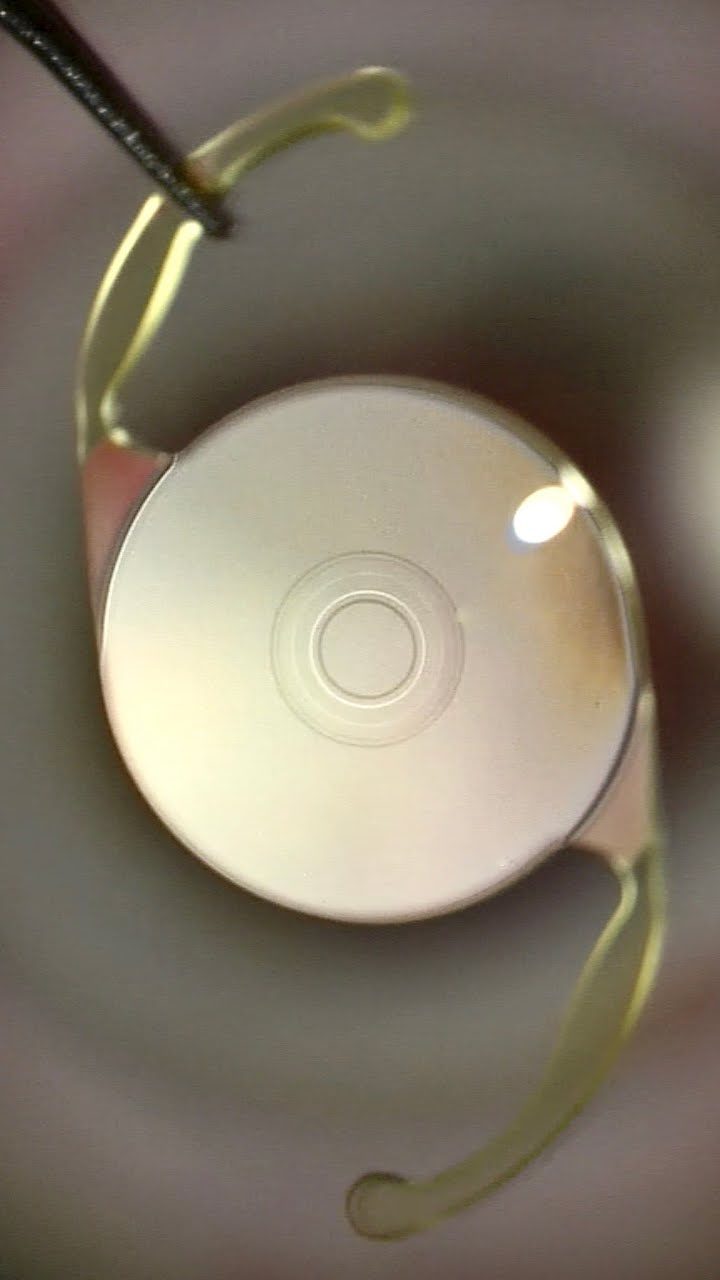
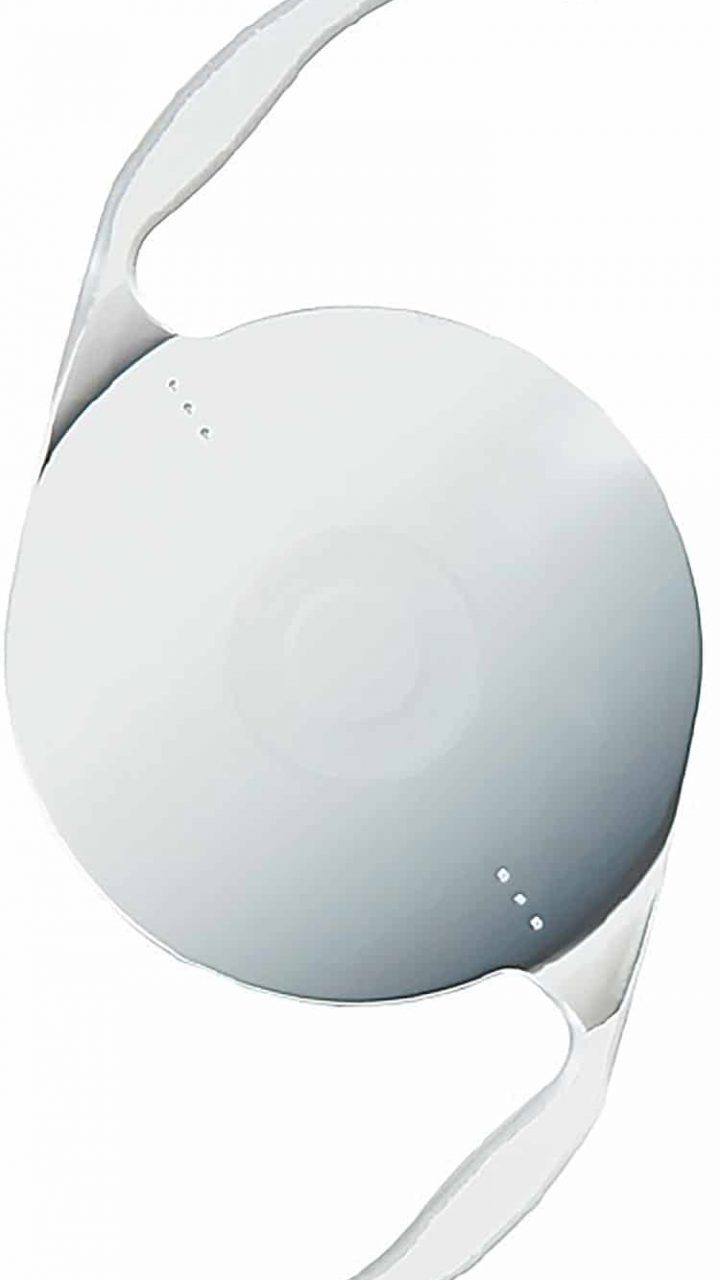
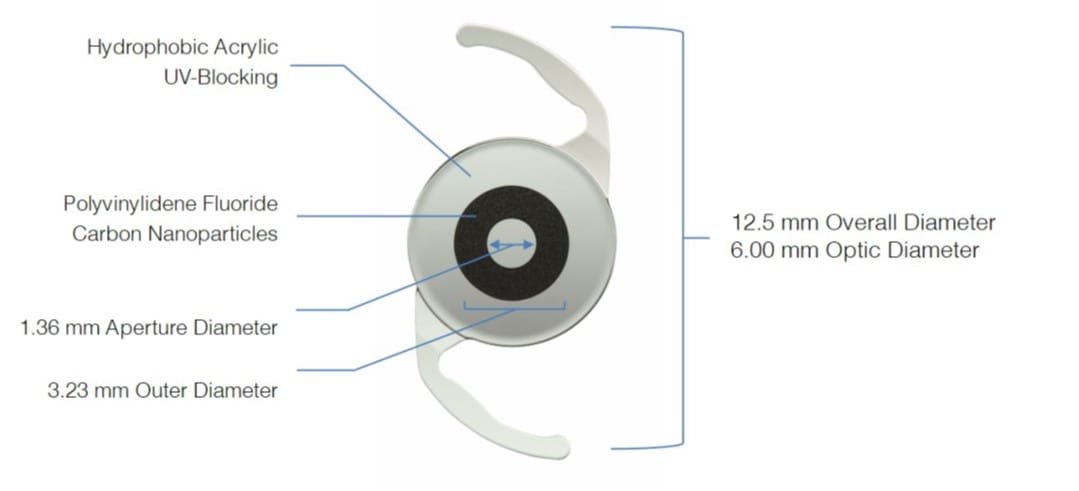
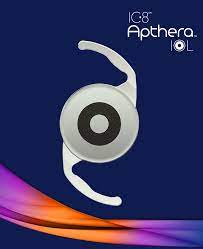
 Our goal at LA Sight is to provide patients with the most accurate and unbiased information possible, so that you may make the best decision for your vision. We understand that to choose to undergo any surgical procedure requires careful consideration and planning. That’s why we offer patients a comprehensive reading vision consultation and screening so that you can feel comfortable and educated about your options.
Our goal at LA Sight is to provide patients with the most accurate and unbiased information possible, so that you may make the best decision for your vision. We understand that to choose to undergo any surgical procedure requires careful consideration and planning. That’s why we offer patients a comprehensive reading vision consultation and screening so that you can feel comfortable and educated about your options.